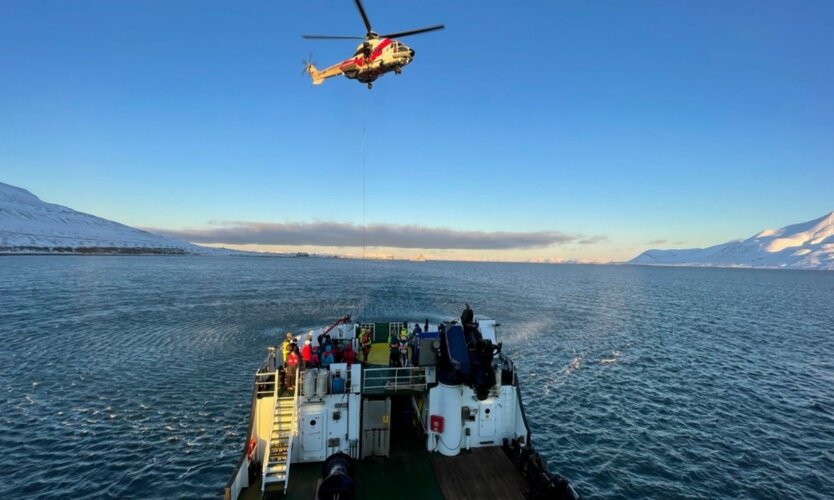
Because Galileo satellites have such a high orbital altitude, at 23 222 km up while still moving steadily through the sky, they provide wide views of Earth with the ability to quickly source a distress signal through a combination of time-based and Doppler ranging.
“Galileo is the biggest contributor to this satellite-based system, which assisted search and rescue teams to save more than 2200 people in 2020 alone,” explains ESA Galileo Search and Rescue engineer Eric Bouton.
“Galileo has also introduced a new search and rescue function, the Return Link Service, informing beacon users that their SOS message has been received and help is on the way. In March 2021 the Service reached Full Operational Capability to enter routine use, becoming the first Galileo service to reach this milestone.”

